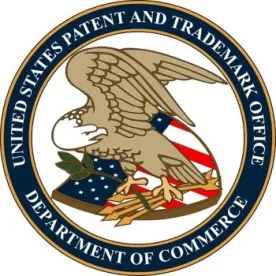As a follow-up from November’s roundtable discussion, the United States Patent and Trademark Office (“USPTO”) held its second roundtable discussion on the current state of subject matter eligibility under 35 U.S.C. §101. This meeting focused on the legal boundaries of subject matter eligibility, versus earlier considerations of technicalities and challenges in applying the recent developments in §101. As expected, this roundtable featured a number of leading corporate stakeholders, including Intel, Amazon, Oracle, Myriad, Google, Microsoft, IBM, and the US Chamber of Commerce. In addition, law professors from Stanford, UC Berkeley, UC Hastings, and Santa Clara University Law School were also in attendance.
One of the most common topics centered on whether Congress should amend 35 U.S.C. §101 to clarify the judicially-created exceptions, such as abstract ideas, or continue to leave this question to the courts to address as needed. Many foreign countries have addressed the questions surrounding abstract ideas through legislation, and Congress could use this foreign legislation as a model for how to craft amendments. However, in the fast-paced field of computer-related technologies, there is a risk that new legislation would not adapt as quickly as the federal court system can to apply sensible and predictable results.
Speakers also voiced concerns about their remaining challenges in responding to some Office Actions, particularly those with mere §101 “boilerplate” language. Without a substantive §101 analysis, some practitioners are left responding with little guidance as to how their claims are being compared and equated to similar claim sets. These practitioners praised the USPTO’s continuing commitment to examiner training in this area, and emphasized the importance for examiners to closely follow the most recent examination guidance. From the litigation perspective, several attendees spoke in favor of the recent developments in §101, as it has assisted in their defense against Non-Practicing Entities (“NPEs”). With a successful 12(b)(6) motion to dismiss, defendant infringers have had success in invalidating the plaintiff’s patent while avoiding the costs of a full trial process.
Just in time for the holidays, the USPTO published its most recent subject matter eligibility guidance update. A new Quick Reference Sheet highlights major court decisions that have found eligible subject matter under Steps 2A and 2B, as well as a breakdown of identified abstract ideas organized into categories. More importantly, the new guidance also includes examples focused specifically on business methods that discuss how certain combinations of elements may operate in unconventional and non-generic manners to be deemed significantly more than the abstract idea. The examples provide an in-depth analysis of the claims at issue in BASCOM, which the Federal Circuit itself described as a “close call” for subject matter eligibility. However, the BASCOM and two additional examples provide valuable insight as to how a “close call” should be analyzed during prosecution and litigation.




 />i
/>i

